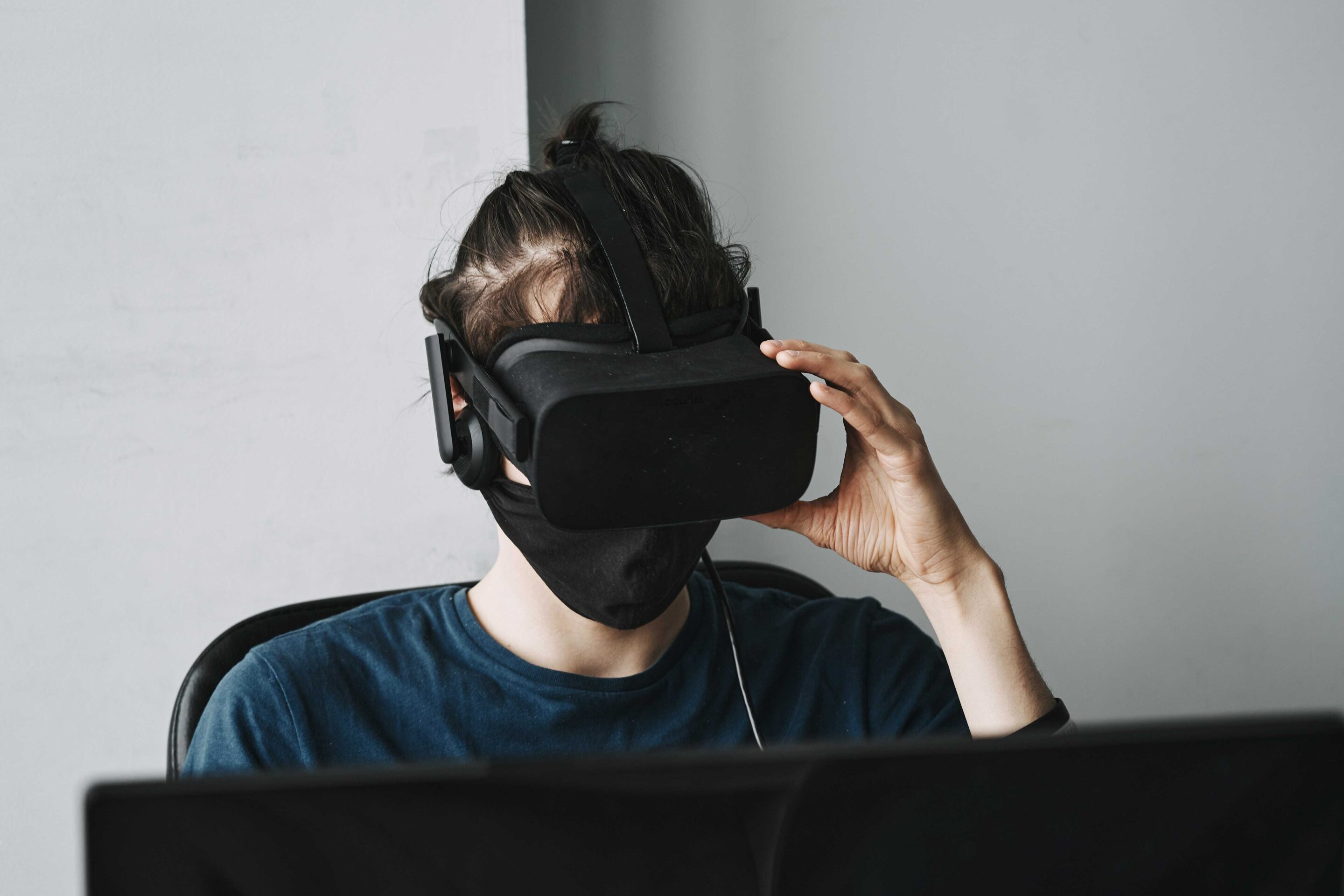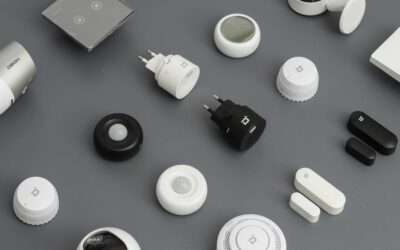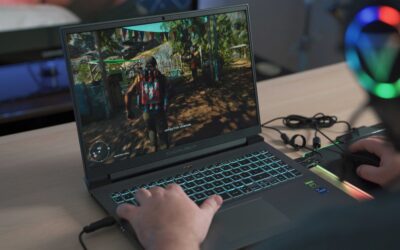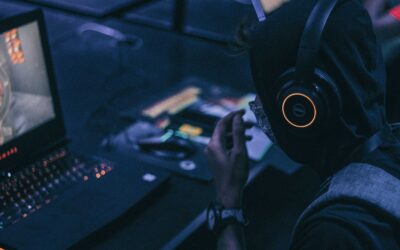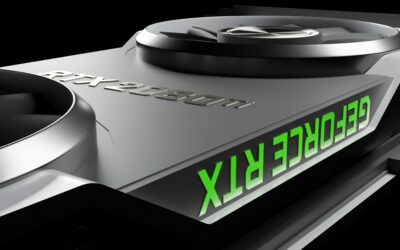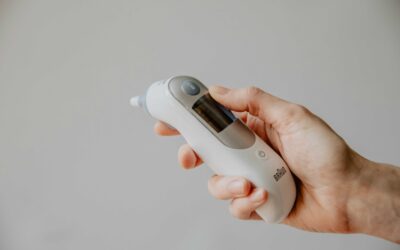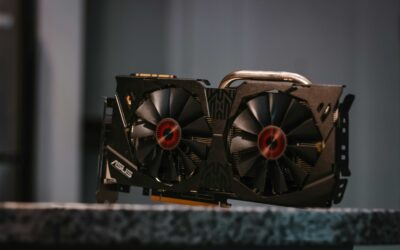Step-by-Step Performance Boost To Optimize Gaming Laptop for VR
Virtual Reality (VR) delivers breathtaking, immersive gaming—but only if your laptop is ready for the challenge. Unlike standard gaming, VR demands exceptional frame rates, low latency, and optimized hardware to avoid motion sickness and lag. This guide will help you systematically optimize your gaming laptop for VR gaming, ensuring smooth, stutter-free performance whether you’re using an Oculus Quest, HTC Vive, or Valve Index.
Why You Must Optimize for VR Gaming
VR pushes your laptop harder than any other form of gaming. A poorly optimized system leads to choppy gameplay, stuttering visuals, and even nausea. Whether you’re playing on Oculus Link, SteamVR, or Virtual Desktop, these optimizations ensure your laptop delivers the performance needed for an enjoyable VR experience.
Requirements for VR on a Gaming Laptop
-
VR-Ready Laptop with dedicated GPU (NVIDIA GTX 1660 Ti or better recommended)
-
At least 16GB RAM
-
SSD storage (HDDs cause slow load times)
-
Latest GPU Drivers
-
High-speed USB 3.0 ports (for wired VR headsets)
-
Stable, high-speed internet for wireless VR streaming (if applicable)
Steps to Optimize Your Gaming Laptop for VR
-
Update GPU Drivers
Outdated drivers lead to compatibility issues and poor VR performance.
-
NVIDIA Users: Download latest drivers via GeForce Experience.
-
AMD Users: Update using AMD Radeon Software.
💡 Always use the latest WHQL-certified drivers for maximum stability in VR.
-
-
Enable High Performance Mode
Windows power-saving features can throttle your GPU and CPU.
-
Go to Control Panel > Power Options.
-
Select High Performance.
-
Plug your laptop into a charger—battery mode reduces VR performance significantly.
-
-
Tweak VR Platform Settings
Whether using Oculus, SteamVR, or Virtual Desktop, fine-tune these settings:
-
Render Resolution: Set it to a level your laptop can handle (start with 100% scaling, lower if needed).
-
Refresh Rate: Target 90Hz or 120Hz for smooth, nausea-free gameplay.
-
Asynchronous Reprojection: Enable it to reduce judder during performance dips.
Learn more at the official Oculus Performance Optimization Guide.
-
-
Kill Background Applications
Background apps eat system resources needed for VR.
-
Open Task Manager (Ctrl + Shift + Esc).
-
End unnecessary apps like browsers, Discord, streaming services, and background updaters.
-
Pause antivirus scans during VR sessions.
-
-
Optimize USB & Wireless Connections
For wired headsets like Oculus Rift or HTC Vive:
-
Plug VR headset directly into USB 3.0 ports.
-
Avoid using USB hubs—they introduce latency.
For wireless VR (e.g., Oculus Air Link, Virtual Desktop):
-
Use a dedicated 5GHz Wi-Fi connection.
-
Position your router in the same room for minimal signal loss.
Related Read: Optimize Gaming Laptop for Cloud Gaming to enhance wireless gaming performance.
-
-
Cool Your Laptop
VR sessions generate significant heat.
-
Use a quality cooling pad.
-
Regularly clean air vents.
-
Consider undervolting CPU/GPU for lower temperatures (advanced users only).
-
-
Game Mode & Background Recording Tweaks
-
Enable Game Mode: Windows Settings > Gaming > Game Mode.
-
Disable Background Recording: Turn off Xbox Game Bar and Game DVR to free system resources.
-
-
Upgrade if Needed
If performance still struggles, consider:
-
Upgrading to 16GB or 32GB RAM.
-
Swapping your HDD for an NVMe SSD.
-
Investing in an external GPU (eGPU) (if supported by your laptop).
-
VR Optimization FAQs
Q: Can I play VR on a laptop with integrated graphics?
A: No. VR requires a dedicated GPU like NVIDIA GTX 1660 Ti, RTX 2060+, or AMD equivalent.
Q: How much RAM do I need for VR?
A: 16GB minimum, 32GB recommended for the best experience.
Q: Why does my VR headset stutter or lag?
A: Likely causes include outdated drivers, low system resources, or Wi-Fi interference (for wireless VR).
Q: Can I use VR on Windows 11?
A: Yes, but ensure Hardware-Accelerated GPU Scheduling is enabled and background apps are disabled.
Final Thoughts: VR Gaming with Zero Lag
Optimizing your gaming laptop for VR isn’t optional—it’s essential for avoiding frustrating lag, low frame rates, and VR sickness. By following these proven steps, your laptop will deliver the performance needed for an immersive, smooth VR experience.
For more gaming laptop guides, check out:
